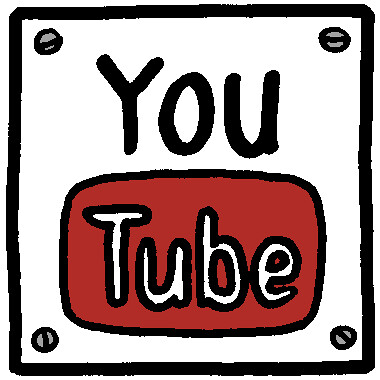"We're Americans. We don't plan, we do!" --Colonel Custard (Night at the Museum 2)
Unfortunately, my teacher does not let me live by this motto...
Audience
My argument will be addressed to parents and young
couples. This audience may know the
basics of the controversy such as the event that sparked the talk and the
ethical questions that people are raising.
They may have already started raising their own ethical concerns and may
already have a fear of the technology.
Others may not have heard of the debate yet. Those who have probably have seen articles
shared on Facebook or seen news updates on TV.
This group is going to have a strong concern toward this
topic. Through the very nature that most
are not scientists but parents, they will probably be on the side that fears
the future of the technology and wants the research to end. Some probably already value some sort of “sacredness”
to child conception, bearing, and birth.
Others may have had to use “unnatural” ways of conception and understand
the necessity of science in child birth.
I will definitely need to do the scientific research behind
the controversy to fully understand the implications and consequences. However, my audience will need to understand
these consequences without hearing all the “science talk.” I will also need to analyze the thoughts and
opinions of the scientists involved in the controversy and present how these
opinions pertain to them and the general public at large.
My audience will respond well to videos and articles with
controversial pictures. These people are
going to want quick information and do not want to be overwhelmed by a lot of
text. These people most likely will not
be already invested in the argument and aren’t going to want to spend a lot of
time on the argument if it does not grab their attention quickly.
The purpose of my argument will be to raise awareness and to
settle fears or concerns. I hope that by
having awareness, they will be able to construct informed opinions and arguments. I hope that they will take action in joining
the debate themselves, because the scientists who seem to hold all the power
will only be influenced if the general public starts voicing their
opinions. In addition, these opinions
cannot be reactionary opinions, but well informed arguments.
Genre
I could make a short Facebook video that can be shared
quickly. This genre is designed to
provide quick information that requires little effort from the reader. It is also something that this audience will
encounter on a daily basis. The video
could really be on any social media site.
This gives it the possibility of going viral.
The ethos will come from the professionality and quality of
the video. It does not have to look like
an expert made it, but it needs to look like one spent a lot of time on
it. The pathos will come from the music
of the video and the inflection and tone of the narrator. The logos will come from the facts being
presented will helpful visuals. If the
video enhances understanding, the logos will come through.
I will use many graphics and pictures that help explain the
science behind the controversy and how the future consequences will
proceed. This may involve maps or word
bubbles chains. I will use a friendly
approach to establish a connection with my reader, but my tone will also be
professional as I want to sound informed.
A social media video may look like
this or
this.
I could also use an article published on an online
forum. These articles can be easily
accessed by smartphones and are often shared on news apps. These articles are meant to give quick
information and not be cluttered with lots of facts and figures.
The ethos will come with effective presentation and
grammatical structures. If the paper
looks like it was designed with the audience in mind, they will be more
inclined to read it and believe it. The
pathos will come from the use of personal stories that are shared. These stories will make the article sound
more like a conversational piece than an essay.
The logos will come through the cohesiveness of the article and the
organization of the points presented.
This article will begin with a large picture that has a
strong emotional appeal. It will also be
interspersed with pictures and helpful visuals that break up the reading. This article will use a formal tone that
establishes authority on the topic. It
will also be conversational so that the audience knows that they need to start
forming their own opinion.
It might look like
this or
this.
Positive Reactions
I hope people would take the information and understand the
impact it has on their own lives. I hope
that they then use this understanding to join the argument. Nothing is going to change if the public is
not getting their voice out there. I
also hope people are angered by either what I say or the controversy that is
going on. This may spark them to do
their own further research. Another
outcome would be that people actually start looking to change laws by starting
petitions.
Negative Rebuttals
People may think that they have no voice. They may be angered by the proposal to speak
out and say that scientists hold all the power.
Others may say that you cannot stop the flow of progress. Another rebut may be that the technology has
no application to them as America has already been banned from the
research. I will need to show the direct
correlations that the controversy is having on America and how the public’s
lack of action is making the controversy worse.
Reflection:
The one part of my plan that is lacking is the reactions that I think will come from my argument. After reading
Jovanka's blog and
Allison's blog, I realized that I more than just considering what possible reactions there might be, I need to consider what reactions I WANT to see. From here, I can then manipulate my audience into feeling these things. This has shifted my purpose a little in which I want to take a stronger approach. More than just trying to comfort my audience, I want to show them that the future of this technology is not as bleak as people are making it out to be.














